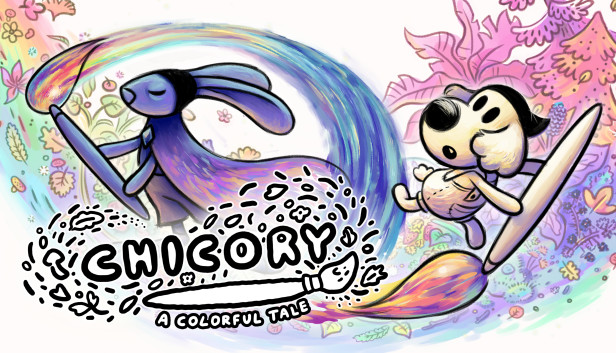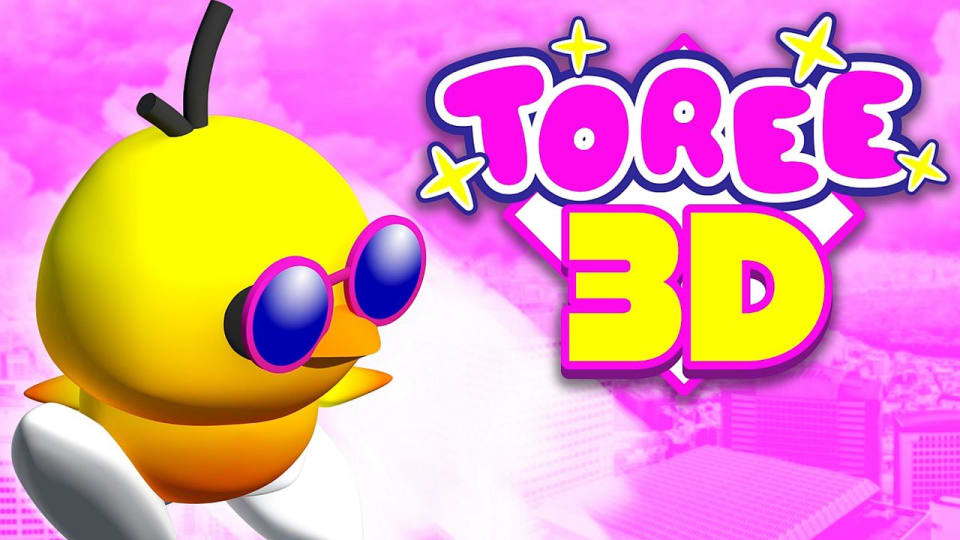If most video games are books, then A Short Hike is a poem—perhaps even a haiku. Its brevity is pastoral, showcasing panoramic woodlands, beaches, and icy mountaintops. The landscape of Provincial Park and is expansive—yet also cozy. This is partially due to the layout, but also because of the excellent art direction. Not only does A Short Hike demonstrate clear artistic vision, but graphical settings allow you to change the pixel size from “big and crunchy” to “small and tasty” depending on your preferences.
Throughout the game, we follow our protagonist, Claire, as she traverses Hawk Peak for cell reception. While this is a simple premise, it is sufficiently motivating. We are not told what kind of phone call Claire is expecting. This gives the game a degree of mystery.
From the moment I picked up the controller, I felt wholly immersed in this world. The landscape is peppered with coins, treasure chests, sticks, and shells. Each discovery feels meaningful and enticing. You also acquire “golden feathers” along the way, which increase your stamina and allow you to reach new heights.
Characters are a joy. There are various animals scattered throughout Provincial Park. Many task you with side quests. The dialogue is quirky, with undeniable charm, reminiscent of Night in the Woods. Some exchanges are heartfelt, others whimsical. All are rewarding and feel intrinsically meaningful.
These rewarding feelings are strengthened by music. When Claire glides from a cliffside, piano notes pitter hopefully. Caught by an updraft of wind, the music will heighten as if to mimic feelings of lightness, optimism, and flight.
This game is also unafraid of silence. We see small glimpses of sobering reality—a character who cannot afford college, precious belongings gone missing, a health scare. None of these elements tip the scales towards darkness, but they add moodiness to the otherwise cheerful, summery atmosphere. A Short Hike glimmers with childlike whimsy while still acknowledging hardship.
Video games can be sprawling, epic journeys—but they can also be bite-sized, just delicious enough to satisfy and fulfill. If you are interested in a quick, serene game, then I highly recommend you pick this one up.




